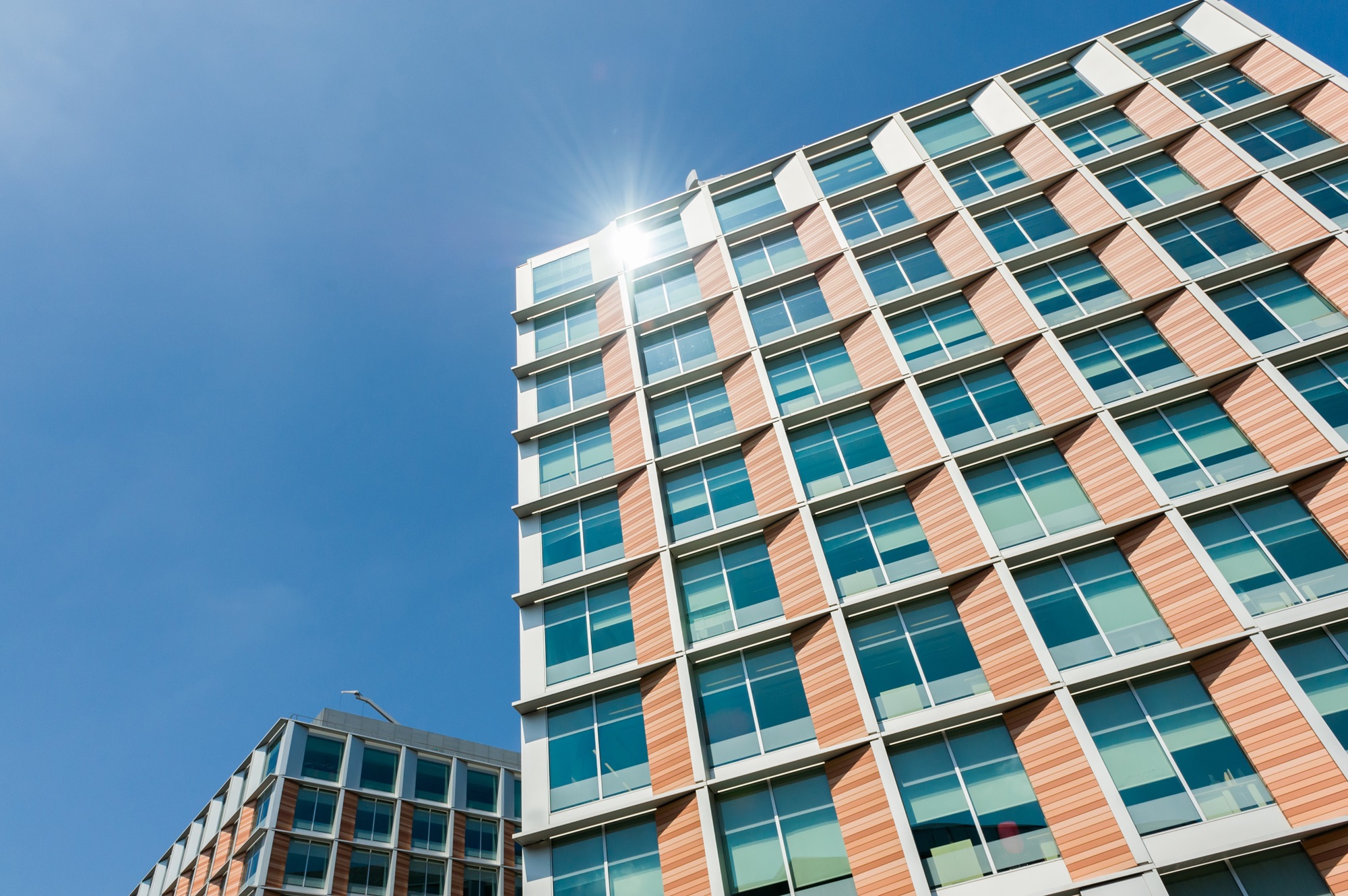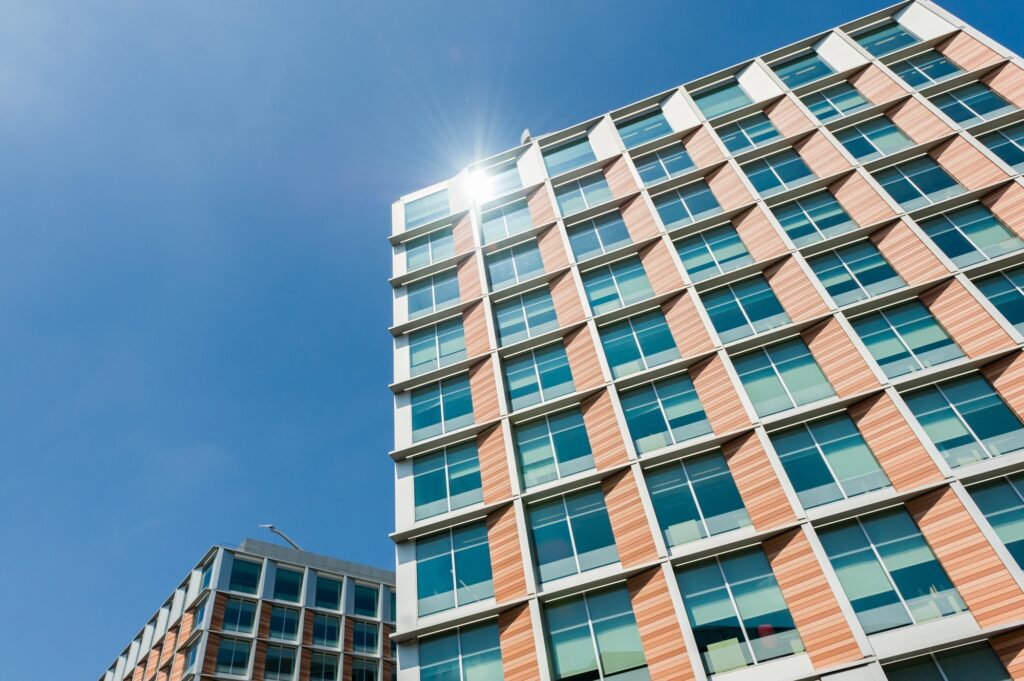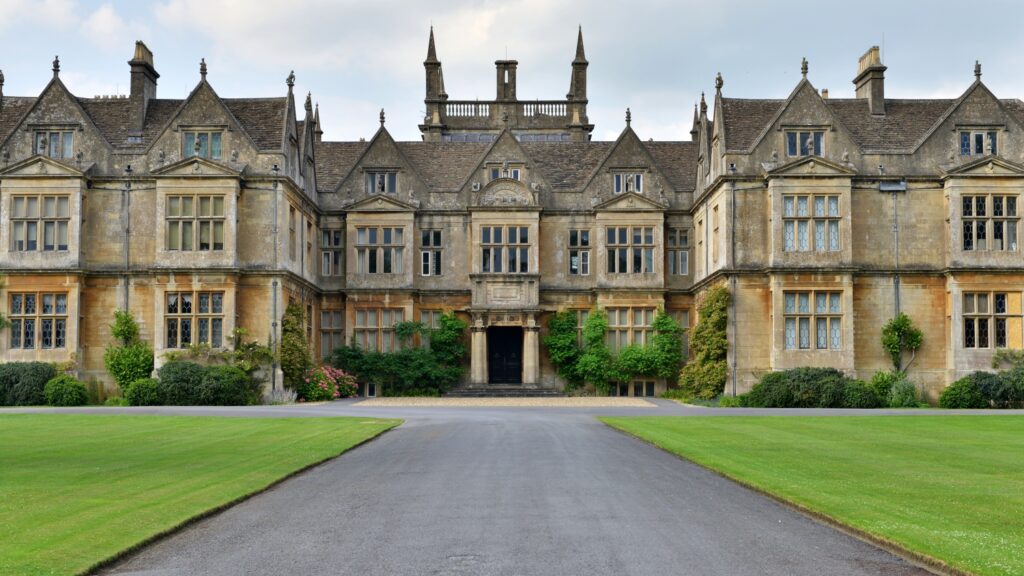

In-building mobile coverage for large residential spaces. So, what is it? Why is it important? What are the implications if it isn’t designed and installed appropriately?
If you’ve ever lived in a city, you’ve probably fallen victim to substandard or non-existent network coverage at one time or another. Frustratingly, looking at a ‘message not sent’ notification or losing that all important call at a crucial moment.
For the landlords and property agents amongst you, poor residential mobile coverage is probably not unfamiliar. In fact, limited mobile coverage is common in large residential spaces, particularly modern buildings which are invariably constructed using concrete, steel and glass. The construction of buildings using these materials are notorious in blocking mobile phone signals, making it difficult for mobile signals to penetrate through into the building.
BUT IT DOESN’T HAVE TO BE THIS WAY.
Enter In-building Mobile Coverage.
Organisations, such as ours, NET Coverage Solutions Ltd, work with the property sector to create robust solutions to improve the mobile coverage in residential buildings.
Just as no two buildings are the same, no two solutions are the same, and careful consideration needs to be applied throughout the design and installation phase ensuring the most appropriate technologies are deployed to improve mobile phone signal.
This can include:
Residential Mobile Signal Boosters
Also known as repeaters, signal boosters amplify the available signal. A booster takes the weak mobile signal and amplifies it up to 32 times, rebroadcasting the new stronger signal across the residential building.
Small Cell/Femto Installations in Homes
Small cells are essentially low powered wireless access points, providing cellular and Wi-Fi services. Small cells provide discrete coverage and can be deployed alone or as a network of cells.
DAS for Large Residential Spaces
DAS stands for Distributed Antenna System and is a point-to-multipoint solution, meaning multiple mobile phone networks are supported. DAS creates a single large cell, improving mobile coverage throughout the residential building, from one solution, regardless of the end user’s network.
Due to the size and complexity of large residential spaces, we often recommend a blend of different technologies to create a bespoke infrastructure for a specific space.

Whatever the solution, there’s no question that property owners have to get this right. In a recent questionnaire, nearly half of respondents said they ‘would reconsider renting or buying a property if they knew the mobile coverage would be poor’*
For a property owner, half of your prospective residents dropping off mobile signal could have a huge financial implication.
Can you afford to potentially lose residents due to poor residential mobile coverage in your property?
Why not talk to us about what our solutions could look like for you, and we can prepare a Desktop Analysis to show you what the costs could potentially be for a solution to solve your problems. For more information email us at enquiries@netcs.co.uk or call 01276 854292.
